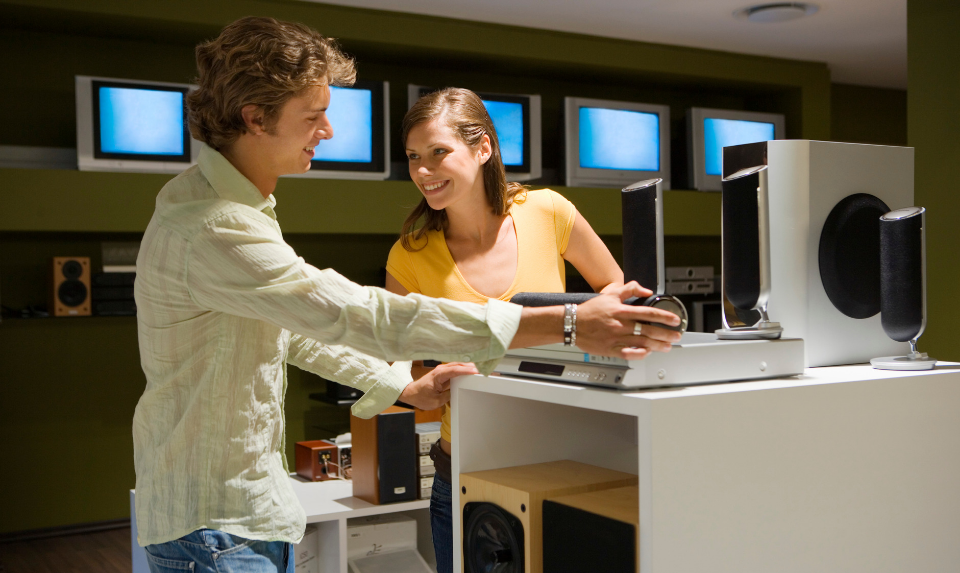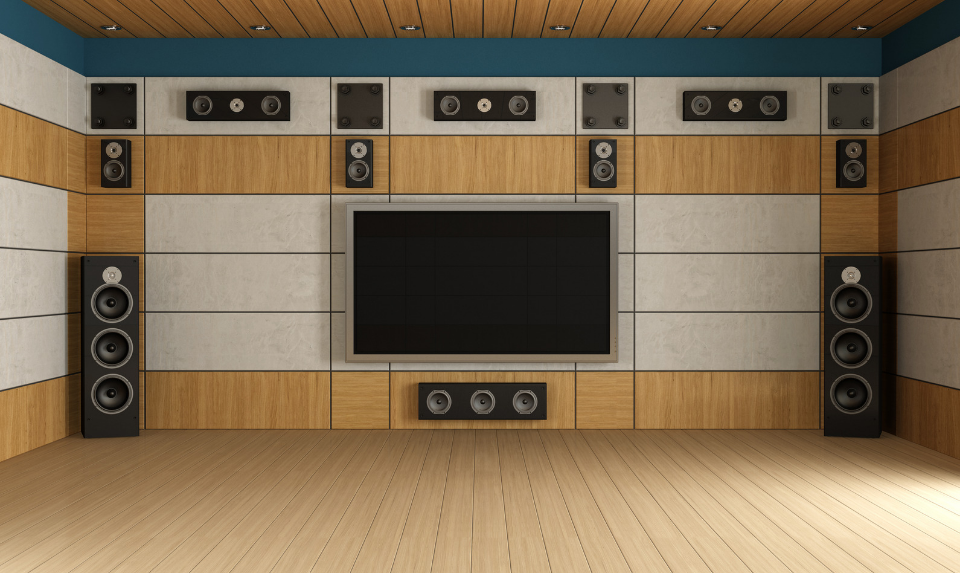Surround Sound is the term normally used to explain a system in which the sound output appears to surround the listener — that is, the technology gives the feeling that sounds are coming from all probable directions.
Surround Sound Systems Create a Realistic and Engaging Experience
Surround sound is a way to present a more realistic and appealing experience. Sitting in front of your television or playing a computer game with basic $10 stereo speakers plugged in will give you sound. You perceive sound, voices and other sounds coming to you from a straight line. Using a surround sound system, though, you’ll hear variances in the sound and it will be accessible to you from different directions. For instance, the car driving off-screen will sound like it is coming from the left. While playing a 3D shooter game, the rocket gun blasts sound as if they are being shot from in the clouds or grenades sound like they are setting off at ground level.
The Challenges of Cloud Integration
Nowadays, customers require immersive amusement and surround sound systems play a big part in delivering an appealing entertainment experience. To this end, there’s no be short of options when it comes to surround sound equipment and systems.

How Surround Sound Systems Work
All technological aspects aside, surround sound works because numerous audio channels are received through speakers that are located at a variety of locations in the room. This is programmed into the source and the sounds are decoded when the source is played. While this may seem unsophisticated, it is important to remember that sound systems started out with monophonic sound, a single outlet system. In monophonic (mono) sound systems, the signal sent to the sound system is programmed as one single stream of sound — and the sound is usually arriving through a single speaker.
Advancements led to stereophonic sound (stereo) where the sound was come apart two channels, left and right. Stereo sound enabled listeners to hear some ambience of the creation — for example, a soundtrack of a live concert in stereo where you begin to hear playback from unrelated noises at the concert. Surround sound systems take it a step more by producing a live-quality result. If you’re at a real concert, you hear sound from behind you, and listening to a soundtrack in surround can create the effect of this noise — impending from behind you, or to the right, or even from above and moving down.
Surround sound adds practicality and a new field of depth to your listening experience. This is accomplished not only because you have additional speakers for output, but because the sound soundtrack itself contains more auditory channels.
The A/V (audio/video) Receiver
At the center of every home theater is an audio/video receiver (A/V). Using a DVD movie as an example, the audio is programmed when the DVD is produced by packing numerous audio channels into a compacted format for storage. When you play the DVD movie, the DVD player or A/V receiver (usually called a home theater receiver) decodes the encoding method (i.e. Dolby Pro Logic II for example). Decoding capabilities of an A/V receiver are built in.
Most A/V receivers today can decipher Dolby Digital and Digital Theater Sound (DTS), while higher-end receivers may also consist of DTS-ES or THX Surround. Today’s A/V receivers let you to control the video source and other video options, but for the sound you’ll need it to transmit the sound from different sources (TV, DVD, VHS), organize bass, treble, and volume. You can intensify signals to the speakers, and modern A/V receivers also handle the all-important surround sound decoding.

5.1, 6.1 and 7.1 Channel Surround Sound Systems
Both Dolby Digital and DTS are 5.1 channel formats. 5.1 surround sound is a multichannel sound technology that makes five channels of sound in the left, right, center, left-surround and right-surround positions. These five channels are the lowest amount necessary to produce 5.1 surround sound. The .1 represents the channel for LFE (low frequency effects), which is typically sent to a subwoofer.
Whereas 5.1 surround sound has been the benchmark for some time now, newer A/V receivers are able of delivering 6.1 surround sound. 6.1 multichannel sound equipment uses the same set-up as a 5.1 system, but it has a sixth speaker that takes the rear-center surround point (or back surround position) to offer a more 3-D sound. 6.1 surround sound uses comprehensive surround sound formats, such as THX Surround EX and DTS-ES.
Moving forward, we now also have 7.1 Surround Sound, which splits the single rear-centre speaker into separate left- and right-rear surround. These systems are not a true distinct 7.1 channel system as 7.1 formats don’t currently exist. In a true discrete 6.1 surround system, the back centre surrounds location separate from the surround left and surround right positions. A 7.1 channel system uses matrixed extended surround where the left-back and right-back (rear-center surround) multichannel are blended simultaneously and stored.
10.2 Surround Sound
Created by THX, the name itself, 10.2 is an understandable marketing play on 5.1 (10.2 is twice as good as 5.1). In a 10.2 surround sound 14 channels are used. This includes five front speakers, five surround channels, Two LFE and two heights, plus adding up of a second sub-woofer. 10.2 Surround Sound was a study conducted by Tomlinson Holman in December 2007. You can read the experiment details here.

